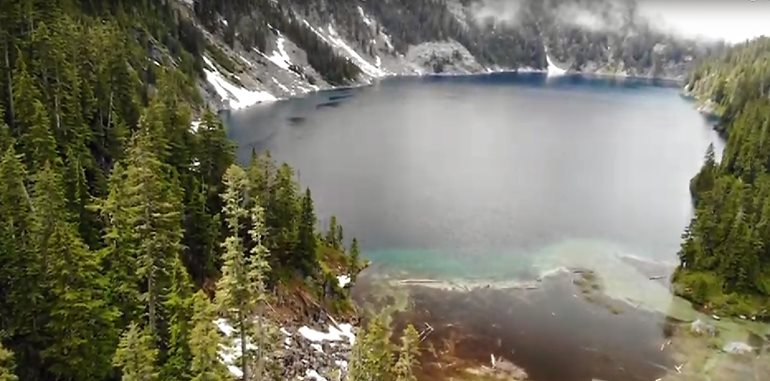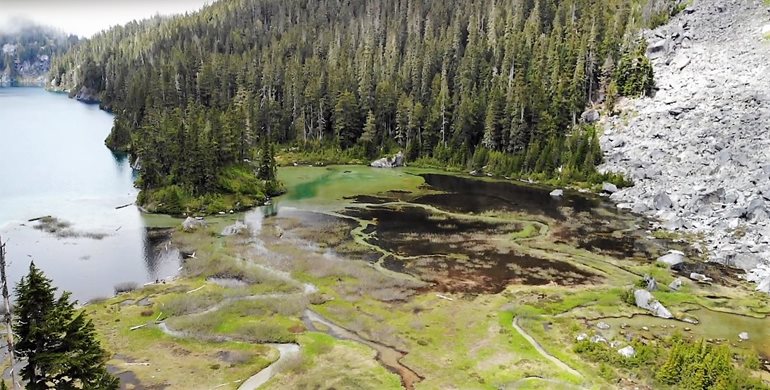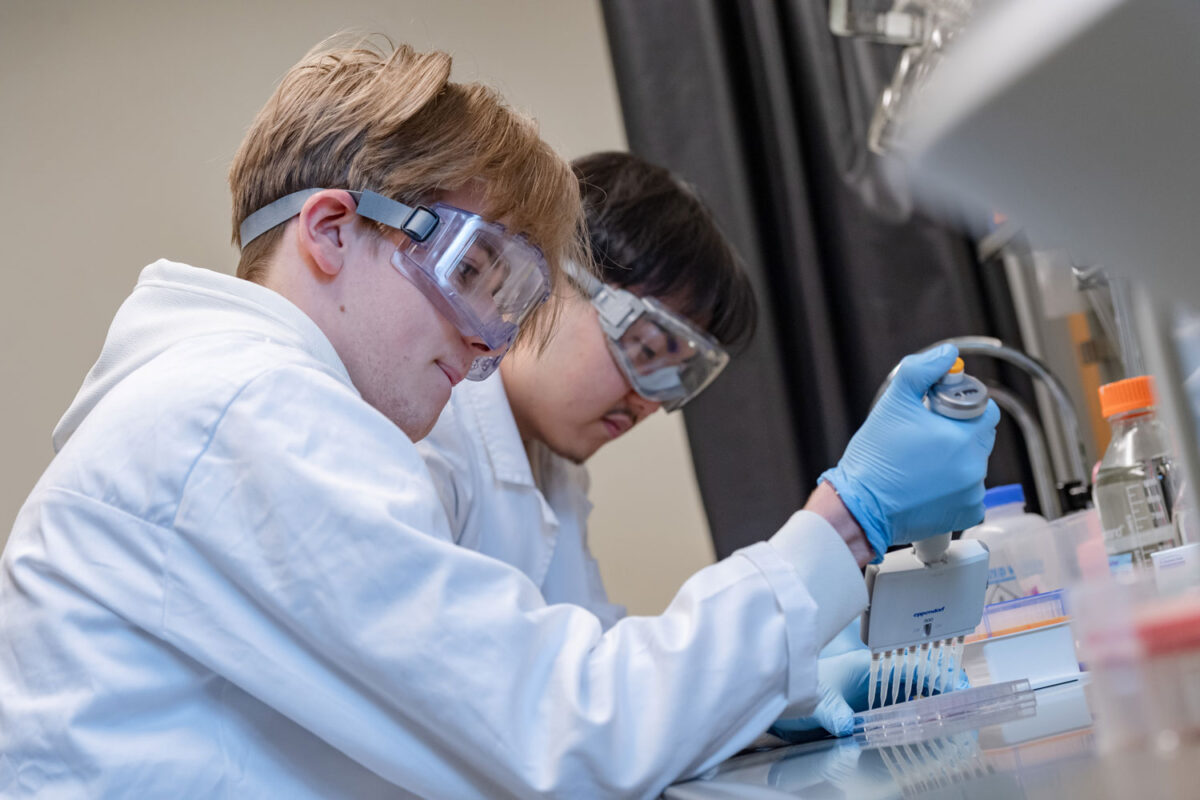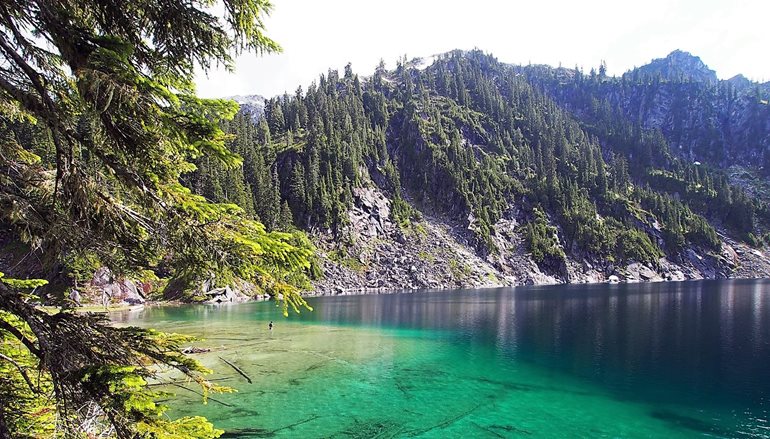
By Douglas Esser
There is one lake in Washington where Arctic grayling survive — for now, says Jeff Jensen, an ichthyologist and senior lecturer at the University of Washington Bothell.
A freshwater member of the salmon family, Arctic grayling were planted by state fisheries workers in the late 1940s in a few North Cascades lakes to give anglers an exotic catch, without having to travel to Alaska. The trout-size fish were able to reproduce in only one small, clear stream that flows into Upper Granite Lake.
Fed by a melting snow field, the stream is not very deep and almost narrow enough to jump across.
“There’s not a lot of spawning habitat to begin with,” Jensen said. “It’s a textbook case of a population that might be imperiled by changes of climate. As the snowpack gets lower and lower and temperatures get higher, that stream is going to be more and more depleted.”
Building on the baseline
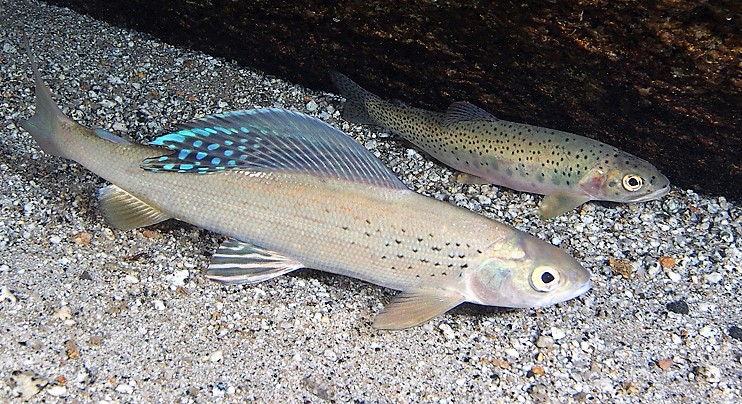
David A. Beauchamp studied the Upper Granite Lake grayling in the 1980s when he was a graduate student and teaching assistant at the University of Washington, and Jensen was an undergraduate. Beauchamp became a UW professor and is now with the U.S. Geological Survey at the Western Fisheries Research Center in Seattle.
Beauchamp said he’s excited that Jensen is following up on his baseline research to discover whether the snowpack lasts long enough to support the fish hatching and migrating to the lake. “By following the population over multiple years, he can determine whether reproduction is successful every year, or does it fail in some warmer years with lower snowpack,” Beauchamp said.
“I wanted to follow up on that study because of the climate angle,” said Jensen, who visited the lake once with Beauchamp when it was frozen over.
“Here is a population of fish that depends on snowmelt for their spawning, and it was really well studied in the ’80s. Since that time there’s been a lot of changes in climate, a lot of impact on snowpack and presumably a lot of impact on the spawning capacity for that stream,” Jensen said.
“Can we see the signature of climate change and how that population is doing, given the changes that have happened?”
An arduous hike
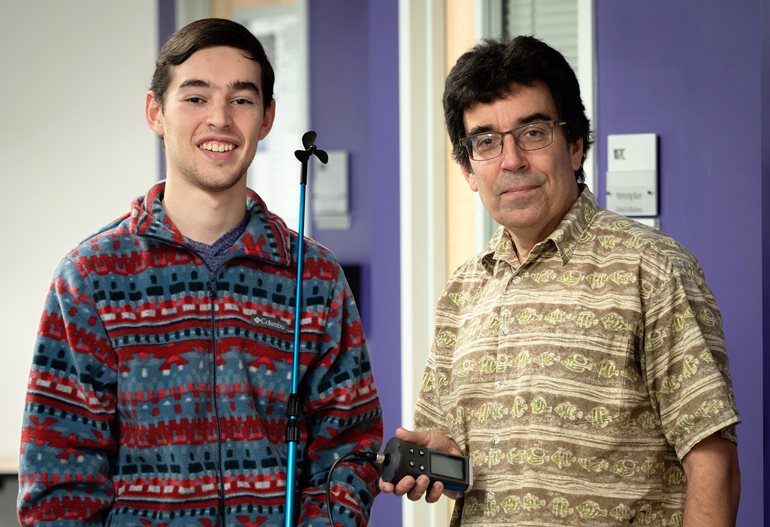
Marc Studer photo
Jensen made two trips last summer with one of his students, Prieuer Pretorius, a senior majoring in Biology in the School of STEM. They plan to return this summer for more research.
The lake is about six miles off Highway 20 near Marblemount, but getting there is an all-day hike up an abandoned logging road and then trekking without an established trail.
On their first trip last summer, it rained nearly continuously, and they were soaked the entire time, Jensen said. They also didn’t know exactly where they were going, and at one point, they had to cross a stream on a fallen log.
When they finally reached the lake, Jensen was happy to see Arctic grayling, staging at the mouth of the stream. “They could still spawn, sustain themselves,” he said.
The second hike a few weeks later went faster, and they were accompanied by Roger Tabor, a biologist with the Fish & Wildlife Service. This time, they saw fish in a lower section of the stream spawning in the gravel.
Jensen is recruiting more students to return to Upper Granite Lake this summer for more research. “I’m always interested in getting students out into the field and doing biology that connects people with the environment,” he said.
Adventures in research
Pretorius is writing a research protocol that will scientifically guide the repeat collection of data in the same locations: measuring stream velocity, taking the water temperature, counting fish.
A day hiker who heard about Arctic grayling in one of Jensen’s courses, Pretorius leapt at the research opportunity. Once hiking into the mountains, he said, “I realized this is really an actual adventure. This is kind of unexplored territory for me.”
While on the trek, they saw ospreys and eagles — and signs of bears.
The longer and more tiring the hike became, “I told myself this is a major task; I hate this lake,” Pretorius said.
But when Jensen later offered him the chance of the second trip, he couldn’t say no. “It’s an incredible view.”
Pretorius is now applying to medical schools and believes his work on Arctic grayling will help. “I think this is just a great way to understand how research can be conducted.”
Man and myth
Because they survive in only one hard-to-hike-to lake in the state, Arctic grayling are almost a mythological quest for some anglers. Jensen is one.
“Since I was about 7 years old, I’ve dreamt of getting up there.”
He found it was not hard to make a catch when he cast a fly. It’s a catch-and-release fish under state regulations. Despite their precarity in Washington, Arctic grayling are not endangered as a species.
“Most people don’t even know they’re still there,” Jensen said. “They’re really unusual for Washington, and they’re beautiful.”
